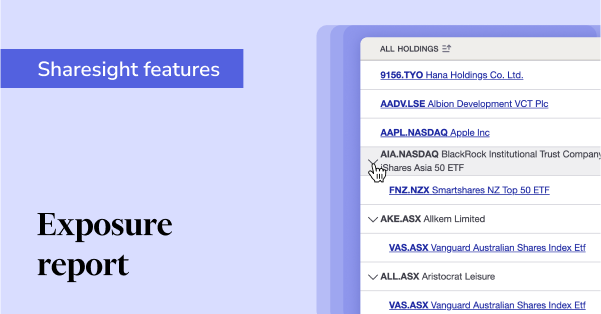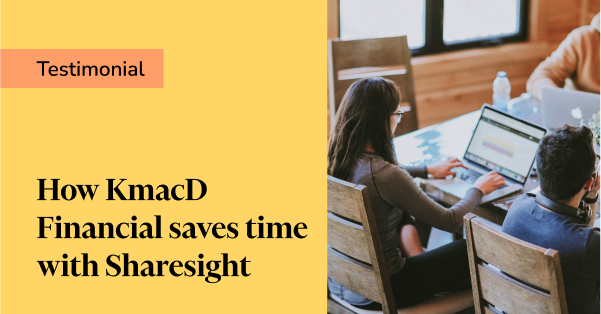What is a Portfolio Manager? Part two
In my last blog I promised to explain how you can become your own share portfolio manager and:
- Take control of your investments
- Improve your investment performance
- Save dramatically on fees
- Enjoy becoming a DIY investor
- Achieve all this without ruining your evenings and weekends
On reflection this seems like a ‘big ask’ but I’ll give it a go.
To retain a sense of proportion and keep things in perspective it helps to remember that when it comes to share market investing there are only 3 key activities.
- Decide which stocks to buy and sell.
- Do the buying and selling.
- Maintain a detailed record of your investments.
It is also important to note that just because you are managing your own portfolio does not mean you can’t engage professional assistance with some or all of these activities. And before you ask, no, this does not mean you might as well engage a professional manager and be done with it because:
- You are in control. You choose people to fill in the gaps. You decide who you want and what you want them to do.
- You can select specialists who do one thing and do it well.
- Even if you opt for significant professional help, the cost is likely to be significantly less than using a professional portfolio manager.
Let’s have a quick look at each of the three key activities in turn. This is not the place to go into great detail but hopefully it will give you some insight into whether being your own portfolio manager is for you.
Deciding which stocks to buy or sell
This is the bit that makes most people nervous and jittery. The two key reasons for this are that the share market is well known for its ups and downs and inexperienced investors lack confidence when it comes to deciding which shares to buy.
We are currently running a blog series entitled Tips for becoming a successful share market investor. I suggest you read these. They are brief and to the point and hopefully they will give you the confidence to take the plunge. Our tips focus on doing it yourself but if you want to supplement this with professional help there are some excellent share recommendation services to which you can subscribe. Choose one that is upfront with their track record and shows how each of their recommendations has performed since the date they recommended it -- including stocks they have subsequently sold.
Buying and Selling
The good news is that buying and selling shares is straightforward and relatively inexpensive. Just sign up with an online broker and you are good to go.
Maintaining a record of your investments
The bad news (except that it doesn’t have to be bad news at all -- see below) is that for most people record keeping is a real pain that takes the fun out of investing. As your portfolio grows record keeping does have the potential eat into your evenings or weekends.
For most of the year you can stick your contract notes and dividend statements in a shoe box or leave them languishing in your inbox and hope the problem will go away. But that causes stress and worry because you know that at the end of the financial year you will have the tax man on your tail and he won’t be a happy camper!
There’s another problem too. If you do not keep good records, how are you going to know how well your shares are performing?
Fortunately help is at hand. To make the bad news good news all you have to do is sign up to Sharesight. Sharesight will automate your record keeping, produce all the data you need for the tax man, and your accountant if you have one, and give you a detailed and accurate record of how your shares are performing.
And here’s the really, really good news. If you have shares in 10 or fewer companies Sharesight is FREE. No ifs, no buts, no maybes, no time limits.
SO WHAT ARE YOU WAITING FOR?
FURTHER READING

See what’s inside your ETFs with Sharesight’s exposure report
See inside your ETFs and get the full picture of your investment portfolio's composition with Sharesight's exposure report.

How KmacD Financial streamlines reporting and saves time with Sharesight
We talk to financial planning firm KmacD Financial about how the Sharesight-AdviserLogic integration helps them save time and streamline client reporting.

Sharesight product updates – November 2023
The focus over the past month has been on implementing additional feature ideas relating to our new (beta) exposure report.